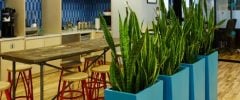Biophilic Design in Commercial Spaces: The Power of Plants in Various Industries

In today’s fast-paced urban environment, the need for green spaces has become more crucial than ever. Biophilic design, an approach that seeks to incorporate nature into built environments, offers a solution. By integrating natural elements, biophilic design can improve mental and physical well-being, increase productivity, and create more sustainable spaces. A key aspect of biophilic design is the use of plant containers, which enable the strategic placement of greenery in commercial spaces. This article will explore several case studies that highlight the benefits of biophilic design in various industries.
OFFICE SPACES
The Spheres at Amazon Headquarters, Seattle
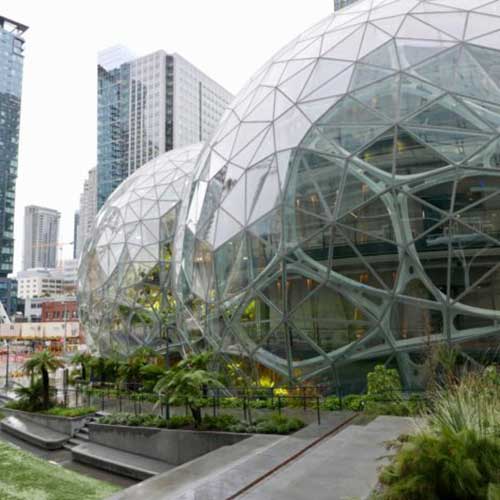
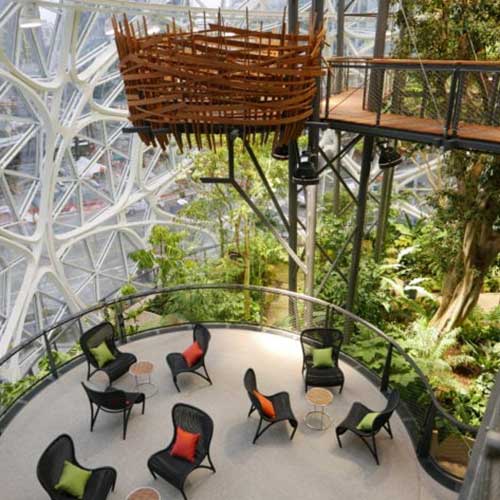
One of the most iconic examples of biophilic design in commercial spaces is The Spheres at Amazon’s headquarters in Seattle. This unique space features three glass-domed structures filled with over 40,000 plants from more than 50 countries. The Spheres serve as a relaxing, green sanctuary for Amazon employees and visitors alike, offering a respite from the bustling urban Seattle environment. Plant containers of various sizes and materials contribute to the space’s versatility and aesthetics, allowing for an immersive and multi-layered experience. A study by the University of Exeter found that employees working in green spaces experience a 15% increase in productivity, emphasizing the importance of biophilic design in the workplace.
HOSPITALITY
HOTELS: 1 Hotel Central Park, New York
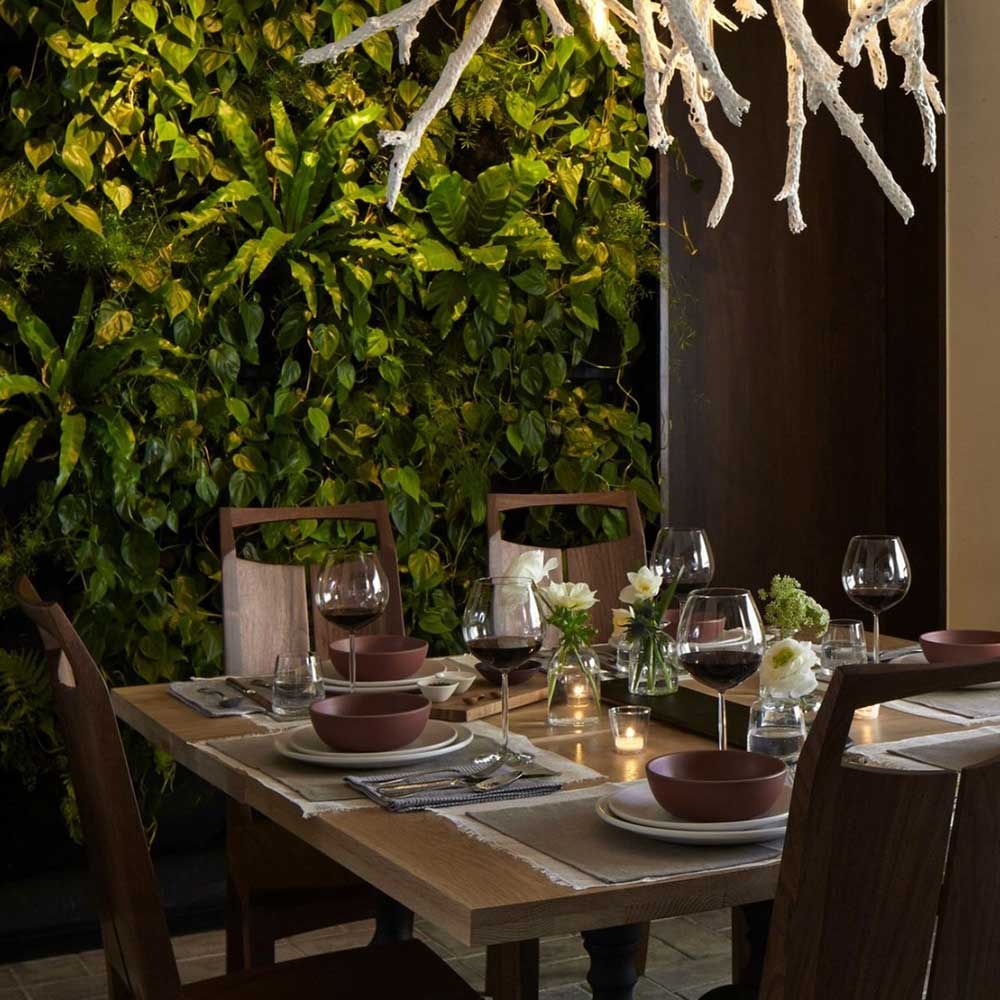
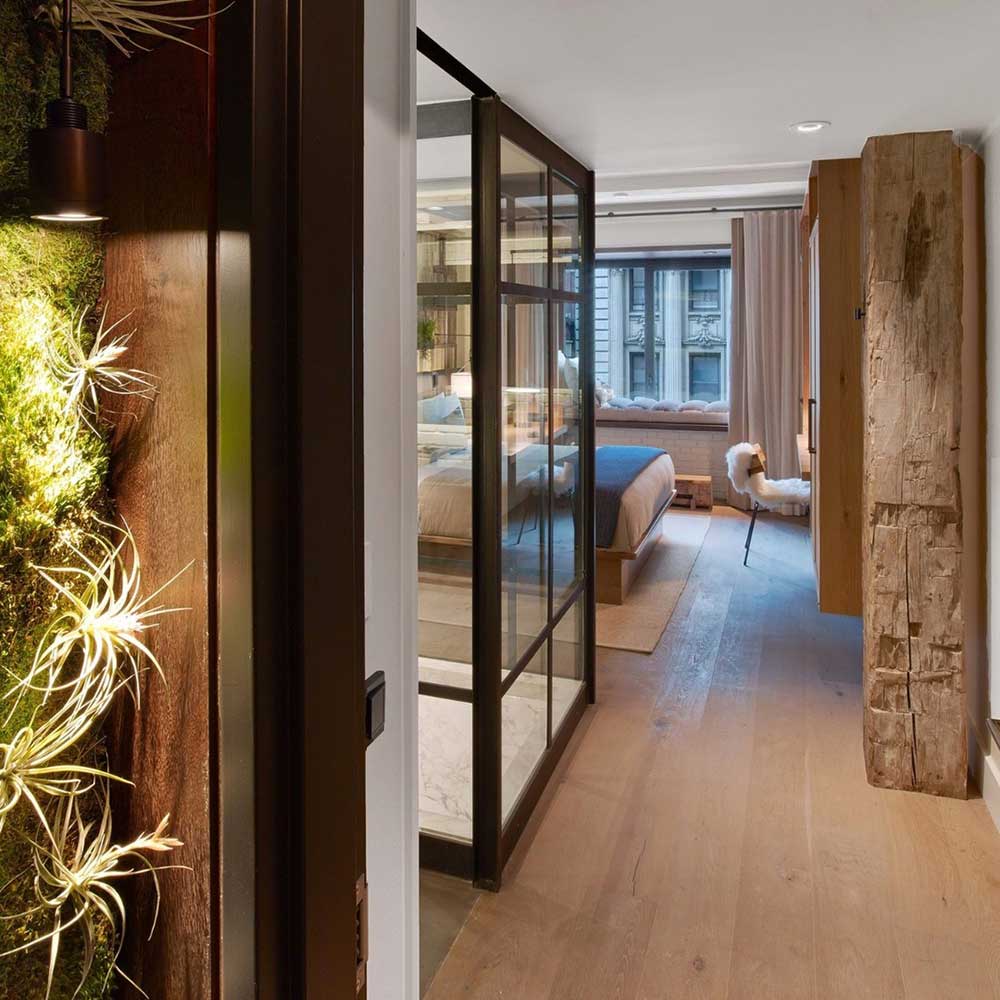
1 Hotel Central Park, a luxury hotel in New York City, demonstrates the power of biophilic design in the hospitality industry. The hotel features a living green wall in the lobby, where plant containers filled with native flora create an inviting and calming atmosphere. Additionally, each guest room features potted plants that serve as natural air purifiers and provide a sense of tranquility. These thoughtful touches have led to rave reviews from guests, who often cite the hotel’s green spaces as a key differentiator. According to a study by Terrapin Bright Green, biophilic design in hospitality can lead to a 36% increase in guest satisfaction rates.
Restaurants: Väkst, Copenhagen
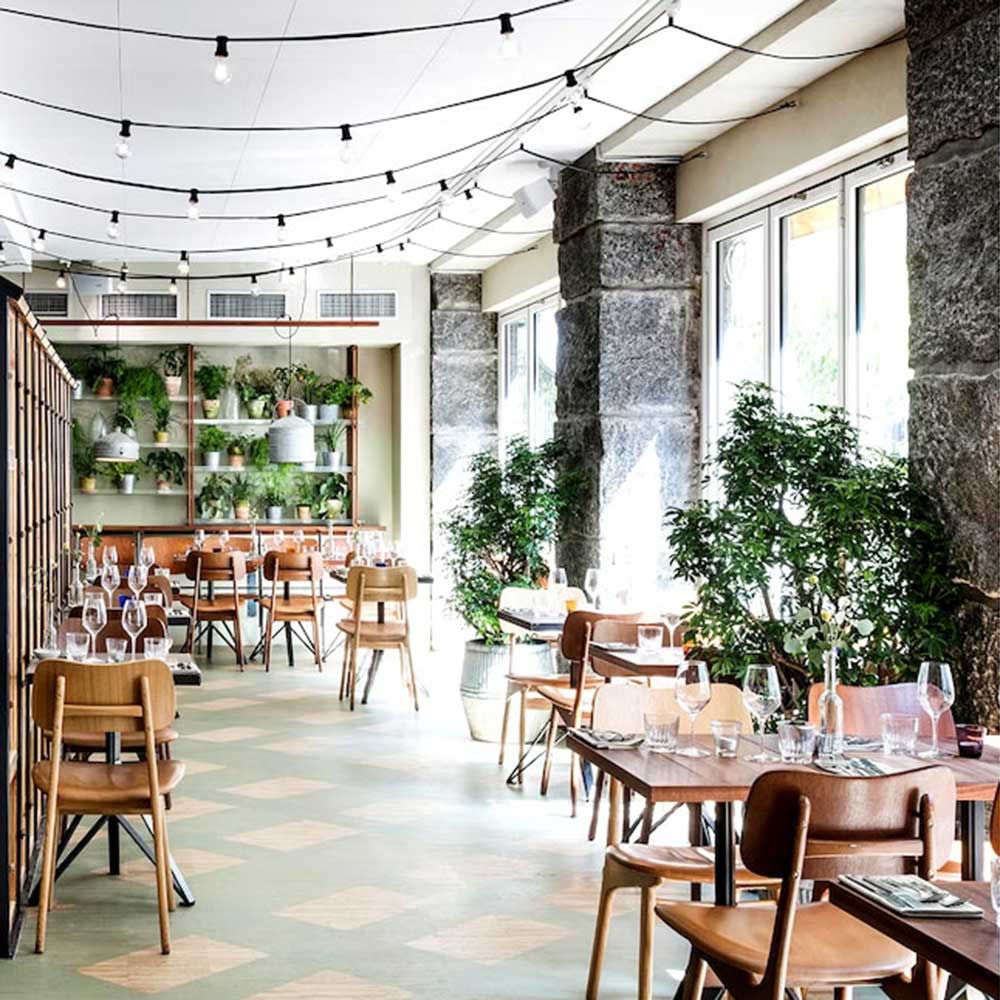
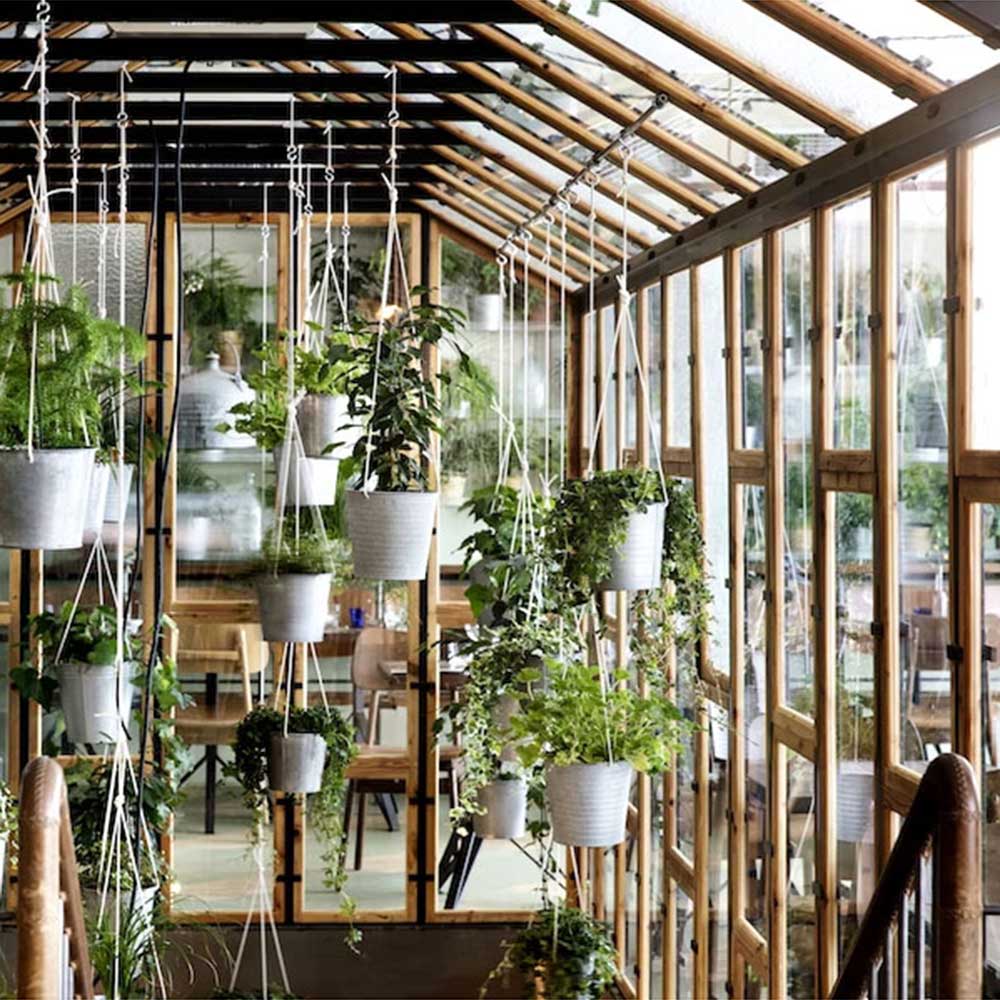
The Nordic restaurant Väkst, located in Copenhagen, offers a unique dining experience by incorporating biophilic design elements. A greenhouse serves as the centerpiece of the restaurant, housing a vertical garden with plant containers that climb up its walls. This lush environment, combined with a menu featuring locally sourced ingredients, provides diners with a multisensory experience that connects them with nature. Research from the University of California, Berkeley, found that customers in restaurants with greenery and natural elements reported a 7% higher satisfaction rate and were 15% more likely to return, highlighting the impact of biophilic design on customer loyalty and satisfaction.
RETAIL
Apple Store, Regent Street, London
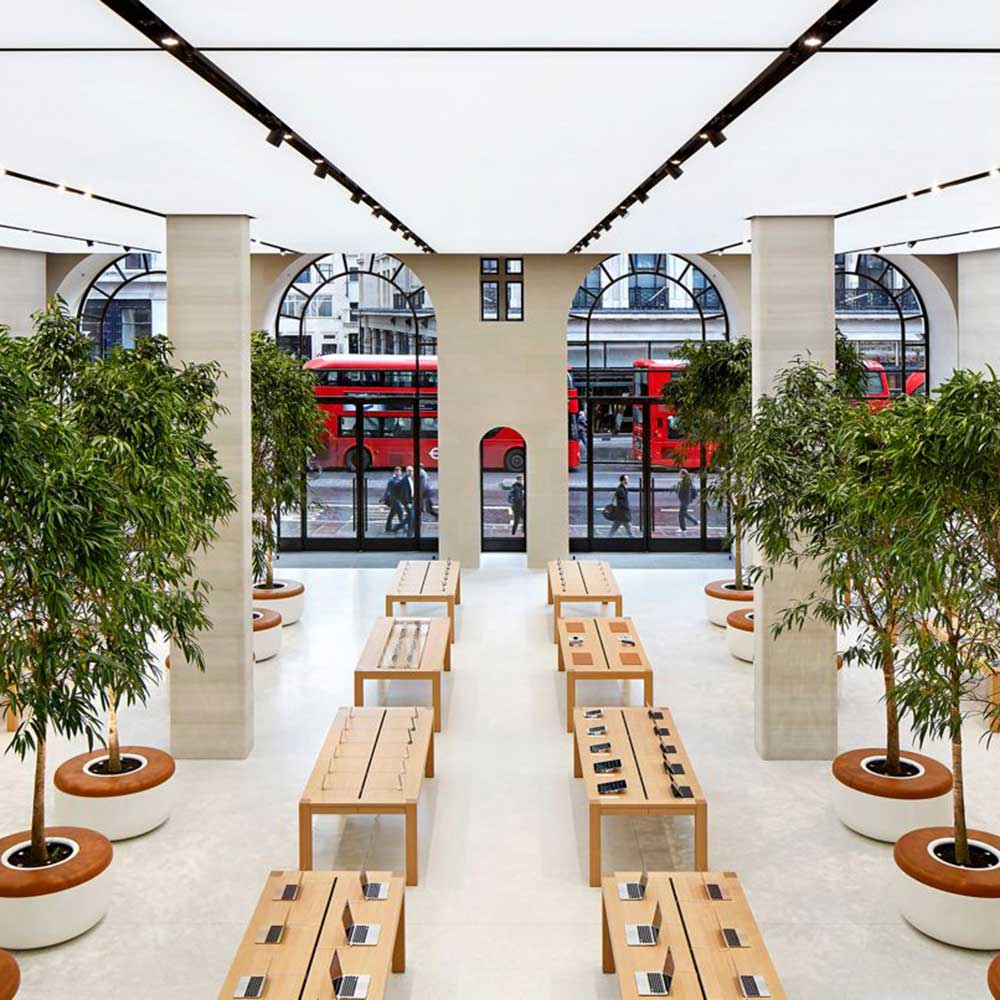
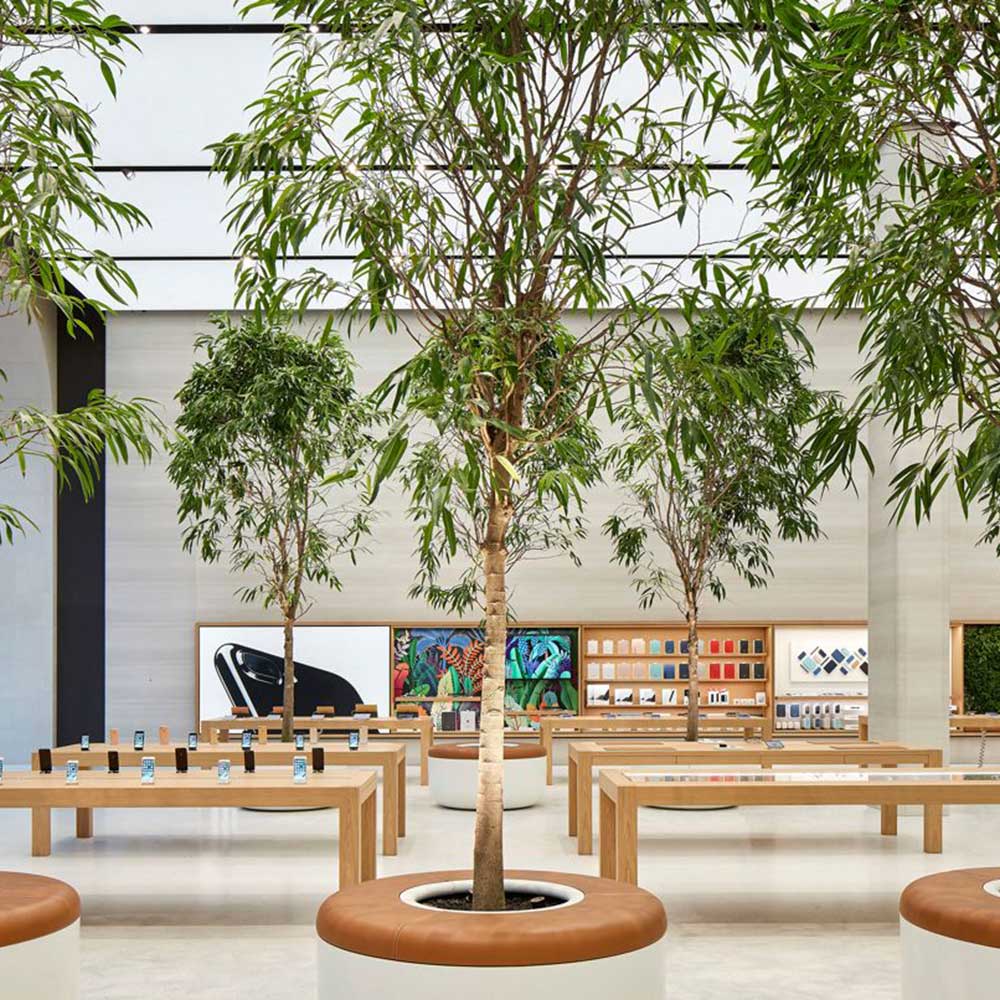
A compelling example of biophilic design in the retail sector is the Apple Store on Regent Street, London. Designed by Foster + Partners, the store is a prime example of how green spaces enhance the shopping experience. The interior features twelve Ficus Nitida trees, housed in large custom-designed plant containers, creating a calming, park-like atmosphere.
In addition to the trees, the store incorporates natural materials such as limestone and wood, large skylights that maximize natural light, and a spacious layout that encourages movement and interaction. The biophilic elements in the Regent Street store have been well-received by customers and staff alike.
A study by the Human Spaces Report found that retail spaces with biophilic elements experience up to a 40% increase in foot traffic and up to a 15% increase in the amount customers are willing to pay for products. This demonstrates the positive impact of incorporating greenery and natural elements into retail spaces, not only for customer satisfaction but also for the business’s bottom line.
HEALTHCARE
Khoo Teck Puat Hospital, Singapore
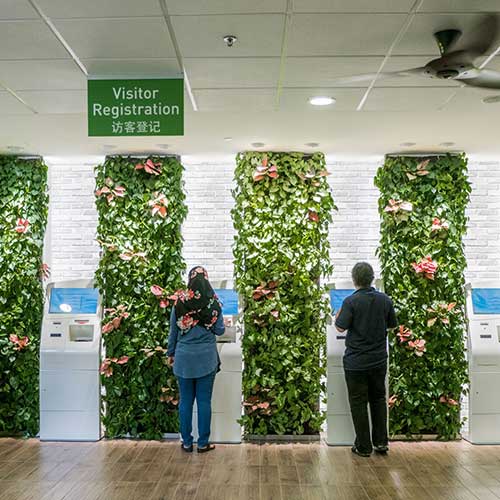

In the healthcare sector, biophilic design has been proven to reduce stress and promote healing. Khoo Teck Puat Hospital in Singapore is an excellent example of this concept in action. The hospital’s central courtyard is filled with plant containers, creating a lush, green space for patients, visitors, and staff to enjoy. This design choice not only improves the hospital’s aesthetics but also enhances the well-being of those within its walls. Research has shown that patients exposed to natural elements recover 8.5% faster and require 22% less pain medication, signifying the importance of biophilic design in healthcare settings.
These case studies demonstrate the transformative power of biophilic design in various industries, backed by compelling statistics. Plant containers play a crucial role in implementing these design principles, enabling businesses to create green sanctuaries that enhance well-being, productivity, and sustainability. By embracing biophilic design, commercial spaces can offer a much-needed connection to nature in our increasingly urbanized world.
You May Also Like
Leave a Reply
You must be logged in to post a comment.










